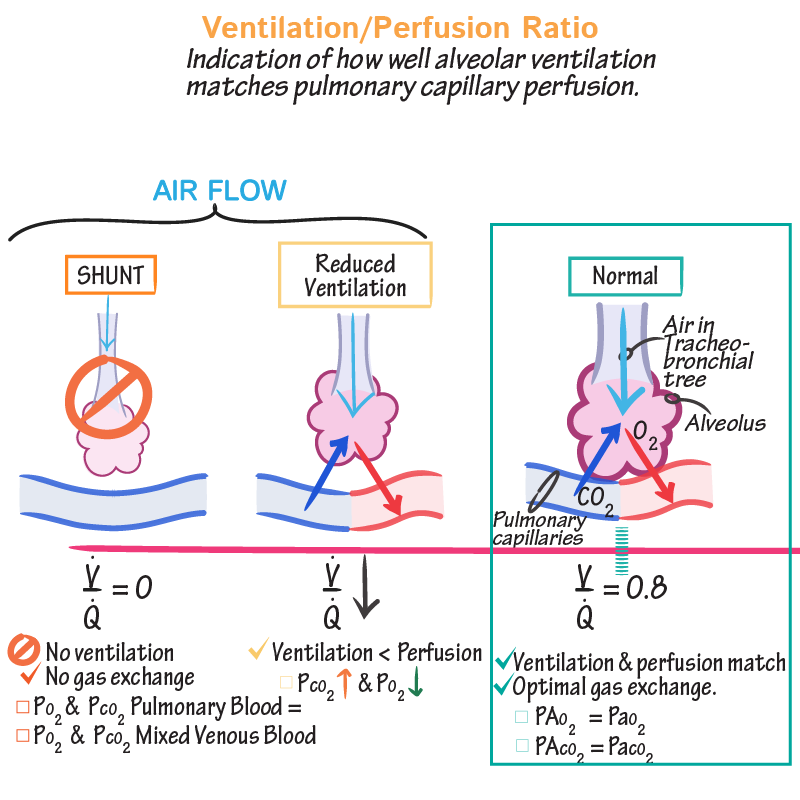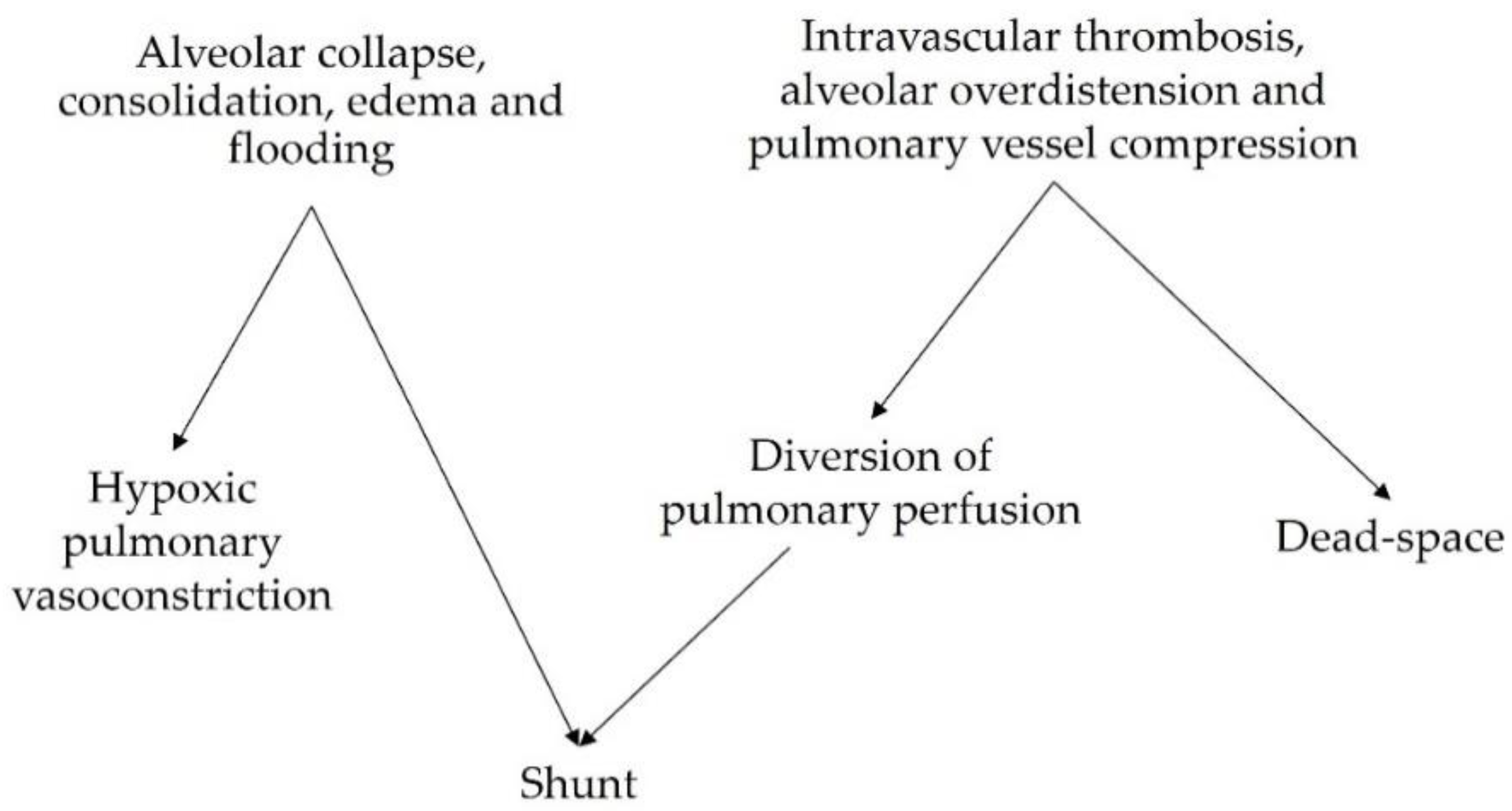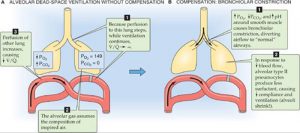
Ventilation/perfusion ratios and the dead space concept. The Riley's... | Download Scientific Diagram

VQ mismatch versus shunt in ARDS. A , VQ mismatch occurs with regional... | Download Scientific Diagram

Effect of supplemental oxygen on ventilation-perfusion mismatch (low ˙... | Download Scientific Diagram

Ventilation:Perfusion Ratios & V/Q Defects - Physiology Flashcards | ditki medical and biological sciences

Biology | Free Full-Text | Pathophysiology and Clinical Meaning of Ventilation-Perfusion Mismatch in the Acute Respiratory Distress Syndrome









![生理學] 通氣與灌流差異,什麼是「分流(shunt)」? - NEJS 生理學] 通氣與灌流差異,什麼是「分流(shunt)」? - NEJS](https://4.bp.blogspot.com/-LSVhr0_KsSE/VxwwD9nZU3I/AAAAAAABQWQ/2lz9tx-PBzUFbsK6BlAXcVeho356icFmwCLcB/s1600/NEJS%2B20141119.png)











